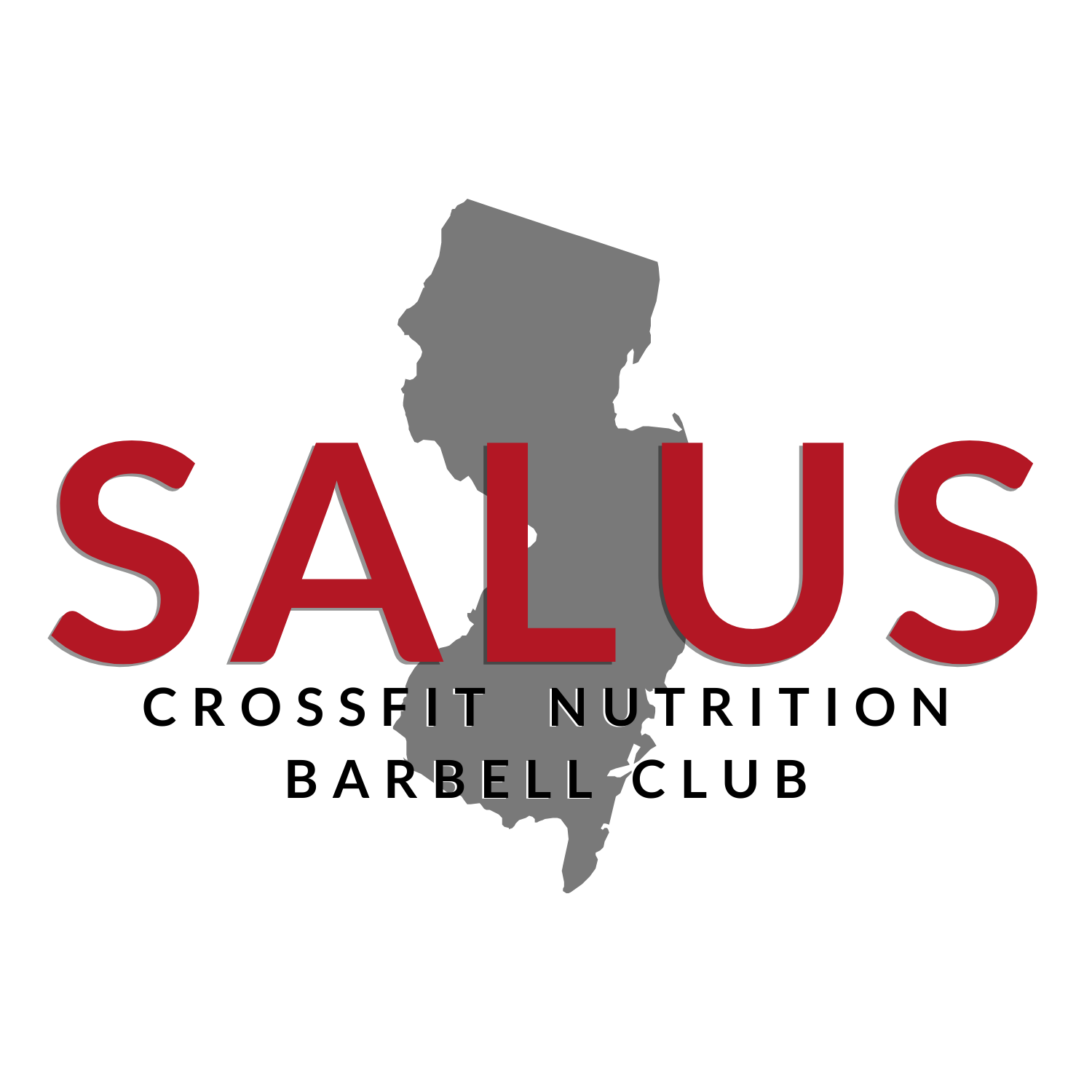Endocrine Disruptors: What Are They? How Do I Avoid Them?
You’re diligently staying hydrated, which is fantastic! But now it’s time to step it up a notch and ditch the plastic bottles…and the lurking endocrine disruptors they bring along.
What Are Endocrine Disruptors?
Endocrine disruptors, whether they occur naturally or are human-made substances, intrude upon our body’s endocrine system. Since this system governs hormone and cell signaling, it can potentially lead to detrimental developmental, neurological, immune, and reproductive consequences.
Maybe you’ve heard of the term BPA before? Bisphenol A is notorious for tampering with hormones and mimicking estrogen’s effects in the body, inducing hormonal imbalances. BPA has been associated with a litany of health issues, including insulin resistance, obesity, diabetes, asthma, cardiovascular disease, liver damage, ADHD, infertility in both men and women, and altered gene expression.
But here’s the kicker: Being BPA-free doesn’t guarantee safety from plastic’s health hazards.
A study published in Environmental Health indicates that almost all plastics, including BPA- and phthalate-free products, release chemicals with estrogenic activity. Bisphenol S (BPS) and triphenyl phosphate (TPP) are two chemicals often found in BPA-free products. Items containing these chemicals have been marketed as “safe” alternatives to BPA-containing plastics, but it turns out that BPS has endocrine-disrupting effects that are very similar to BPA, and TPP is even more estrogenic than BPA.
What Endocrine Disruptors Do?
Our endocrine system consists of glands that release hormones. Once released, those hormones act like chemical messenger that travel throughout our body, bind to target receptors on certain cells and cause predictable cellular change.
Endocrine disruptors imitate our natural hormones and end up binding to receptors, consequently altering hormone production, transport, binding, and breakdown. They are incredibly stable, resisting easy breakdown (which is why manufacturers use them in products), and they linger in our bodies for extended periods.
When our hormonal systems are altered, it can lead to disrupted metabolism, immune function, bone health, mental well-being, impaired testicular function, conversion of cholesterol to steroid hormones, oxidative stress, promotion of obesity, and more.
Where are endocrine disruptors found?
We’re exposed to a cocktail of endocrine disruptors every day, often without realizing it.
They lurk in our plastic bottles, possibly within your carpet, and most likely in your drugstore beauty products. They also infiltrate food packaging, shower curtains, cleaning supplies, children’s toys, canned food, and, yes, even BPA-free water bottles. In essence, we’re constantly bombarded by hormonal manipulators. They’re everywhere.
In fact, the CDC has found over 92% of people tested, including newborns, have detectable levels of BPA and other plastic chemicals in their bodies.
Yikes!
The good news? We can control most of our exposure.
Tips to Avoid Endocrine Disruptors
Research finds that BPA, phthalates and other plastics have harmful effects at both high and very low doses. Given the above evidence, I recommend trying to avoid all kinds of plastic, even ones labeled as BPA-free.
- Use glass and stainless steel whenever possible for drinking, cooking, eating and storing food.
- Never reheat your food in plastic containers or wash them in the dishwasher. Use glass.
- Don’t cook with plastic utensils. Instead opt for bamboo or wood.
- Use parchment paper or a lid from a pot to cover your food instead of plastic wrap and aluminum foil.
- Watch what you eat (avoid canned foods and choose organic when possible).
- Cook with cast iron instead of nonstick pans which can also hide endocrine disruptors.
- Use a stainless steel thermos to pack your kids lunches instead of plastic baggies.
- Don’t forget to say “no, thank you” to your receipt, as these have BPA coating as well.
- Take a look at your (and your kids) cosmetic and personal care products (sunscreens, lotions, make up, soap, etc). Avoid those that contain phthalates in the ingredients and find natural replacements.
- Choose wood or fabric toys for children instead of plastic.
- Swap out those plastic water bottles and shaker bottles for an insulated stainless steel or glass (just make sure you keep the lid clean from mold).
Choosing what we put into and on our bodies can have an enormous impact on our health.
What actions do you currently take to reduce plastic usage, and are there challenges you face in finding alternatives?
Take action, today… and every day.
Consider going plastic-free on your next water bottle purchase. But, remember: No matter what nutritional or lifestyle changes you’re here to make, you have to get better at making a change in the first place if you want those changes to stick.
One realistic step at a time.
More on our Salus Nutrition Health Coaching Blog:
- Strive for Progress Not Perfection
- Plan Ahead
- Set Real Expectations
- Overcoming Procrastination: Just Do the Dishes Already
- Hangry? We’ve All Been There
- Taking Control of Cravings and Temptation
- Personal Improvement
- Changing Habits
- Mindful Eating
- Control Stress Before It Controls You
- Macronutrients for Energy Balance
- Importance of Staying Hydrated
- Eating Out and Staying In Control
The post Endocrine Disruptors: What Are They? How Do I Avoid Them? appeared first on Salus.





